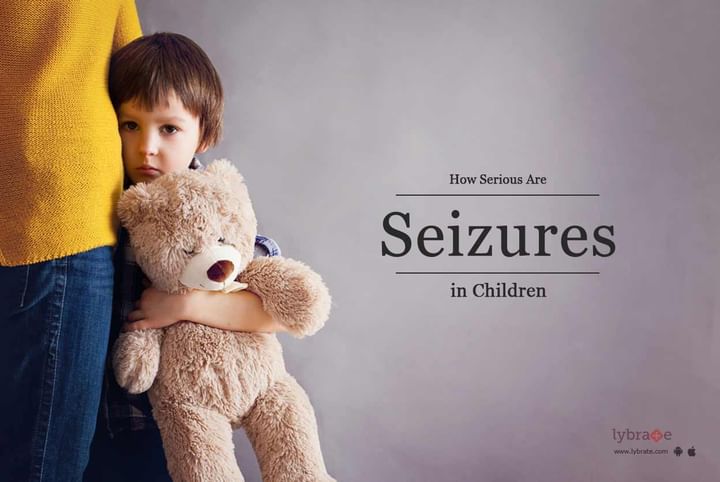How Serious Are Seizures in Children
During a febrile seizure, the body of a child may convulse, shake and contract, the eyes may roll, and he or she may moan or become unconscious. This type of seizure is usually for a few minutes, but in rare cases can last up to 15 minutes.
Febrile seizures stop on their own while the fever persists until treated. While some children may feel sleepy afterwards, others do not have lasting effects.
Seizures in toddlers may be caused due to the following factors
- Epilepsy - Epilepsy is defined categorically as two or more seizures without any acute cause. Epilepsy can occur at any age, but it is usually diagnosed in infants and young children.
- Body temperature - Body temperature may indicate a crisis in small children. High body temperatures or low body temperature can cause seizures in a toddler. These types of seizures occur only once or twice in children two years or younger, often after an illness. This type of seizure due to the fortification of the body temperature is considered a febrile convulsion.
- Dehydration - Febrile seizures can also occur due to dehydration. Dehydration is a direct result of previous illness that included sweating and fever.
- Physical condition - A child who is in poor physical condition can also be prone to seizures. Malnutrition or a body weakened by disease or illness makes small children more susceptible to crises.
- Family History - Family history can play a role in toddlers or children with seizures. If a family member suffered from the tendency or had convulsions, particularly febrile seizures as a child, this trait can be inherited.
Treating febrile seizures
If your child has a febrile seizure, stay calm and:
- Make sure your child is in a safe place and does not fall or hit something hard
- Place your child on his side to prevent choking
- Watch for signs of breathing difficulties, including any colour change in the face of your child
- If the seizure lasts more than a few minutes or your child turns blue, it may be a more serious type of seizure; connect with doctors immediately
Febrile seizures can be frightening to witness, but remember they are fairly common and are not usually a symptom of a serious disease, and in most cases does not lead to other health problems.
Related Tip: What is Rickets? How to Prevent Your CHILD From the Disorder??



+1.svg)
